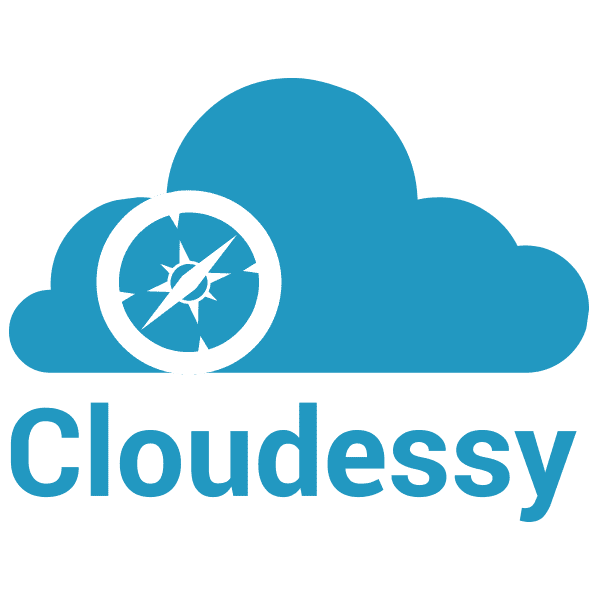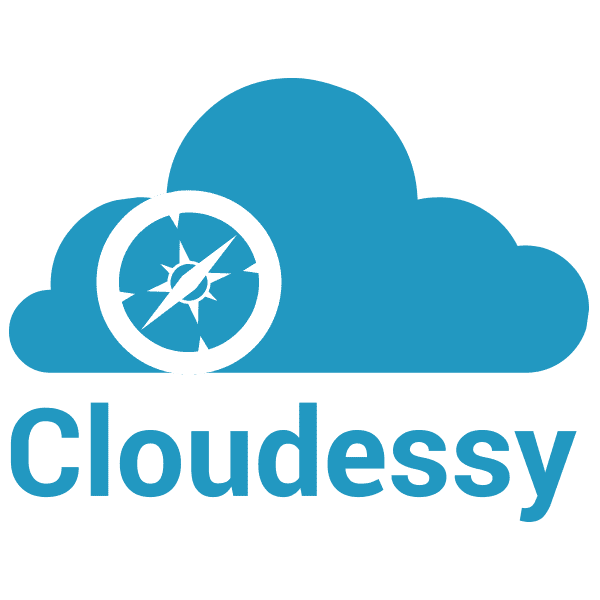Executive Summary:
In a technique known as vibe coding, the user interacts with an AI model using natural language to design a software application. But the model, not the user, generates the required code. It's a simple means for non-technical people to create examples of what they need. But it's not a substitute for large applications requiring any level of security.
Earlier this year, Tesla's former director of AI, Andrej Karpathy, coined the term "vibe coding." Wikipedia describes this process as "a chatbot-based approach to creating software where the developer describes a project or task to a large language model (LLM), which generates code based on the prompt."
This approach has its advantages, the most significant of which may be opening up software prototyping and small app creation to a larger user base. In the words of Ben Matthews, Stack Overflow's Senior Director of Engineering, from an article on TechRadar, "vibe coding makes it easy for anyone to get a head start on projects, by merely describing what they want...This is no small thing, especially for those who before had not been able to create software on their own."
Capitalizing on this trend, several companies have produced tools to support vibe coders. One of the most recent is Google's Opal, a beta-app which Google, cited in a TechRepublic post by Aminu Abdullahi, says "introduces a new way to create with AI...It’s about empowering creators, innovators, and doers to build the tools they imagine by transforming simple prompts into powerful mini apps.” Abdullahi expands on this, claiming Opal "...opens doors for faster prototyping and internal tool-building..."
This is good news for business owners. Hacking out a rough example in an hour or two will help you better convey your vision to human developers. This could save thousands of dollars correcting for miscommunication during the design process.
But vibe coding isn't without risks. In
an essay on Medium, data scientist Mehul Gupta lists seven areas where users run into trouble when they take vibe coding beyond the prototyping stage for large applications. These include "security flaws," unexpected expenses from "API calls, model usage, and debugging time," and the fact that "[n]obody--including you--knows what the code actually does."
Gupta acknowledges this short-cut to software development is "is great for toy projects," but warns "...the people hyping up vibe coding the most are usually non-developers...AI might give you functional code, but functional doesn’t mean good."
Business owners need to be fast and frugal, but also smart. Vibe coding may be awesome for building small tools to make your and your employees' lives easier. And it appears to be a great "sketch pad" for you to develop your ideas--but don't let the hype train carry you into a production wreck. For large projects, or any security-critical application--turn your AI prototype over to a trained software developer when it's time to fully realize your vision.
Next Steps:
Share With —
CEO, vCTO, and Chief Software Architect
Action Items —
- Play around with Google Opal to see how you can use it to create small apps or prototypes of larger applications.
- When you have a prototype you like, turn it over to your team as a model.
- Instruct them not to build on the AI's code. They should start from scratch, seeking to replicate and improve on elements you've incorporated into your prototype.
- Stay safe out there! ;)



